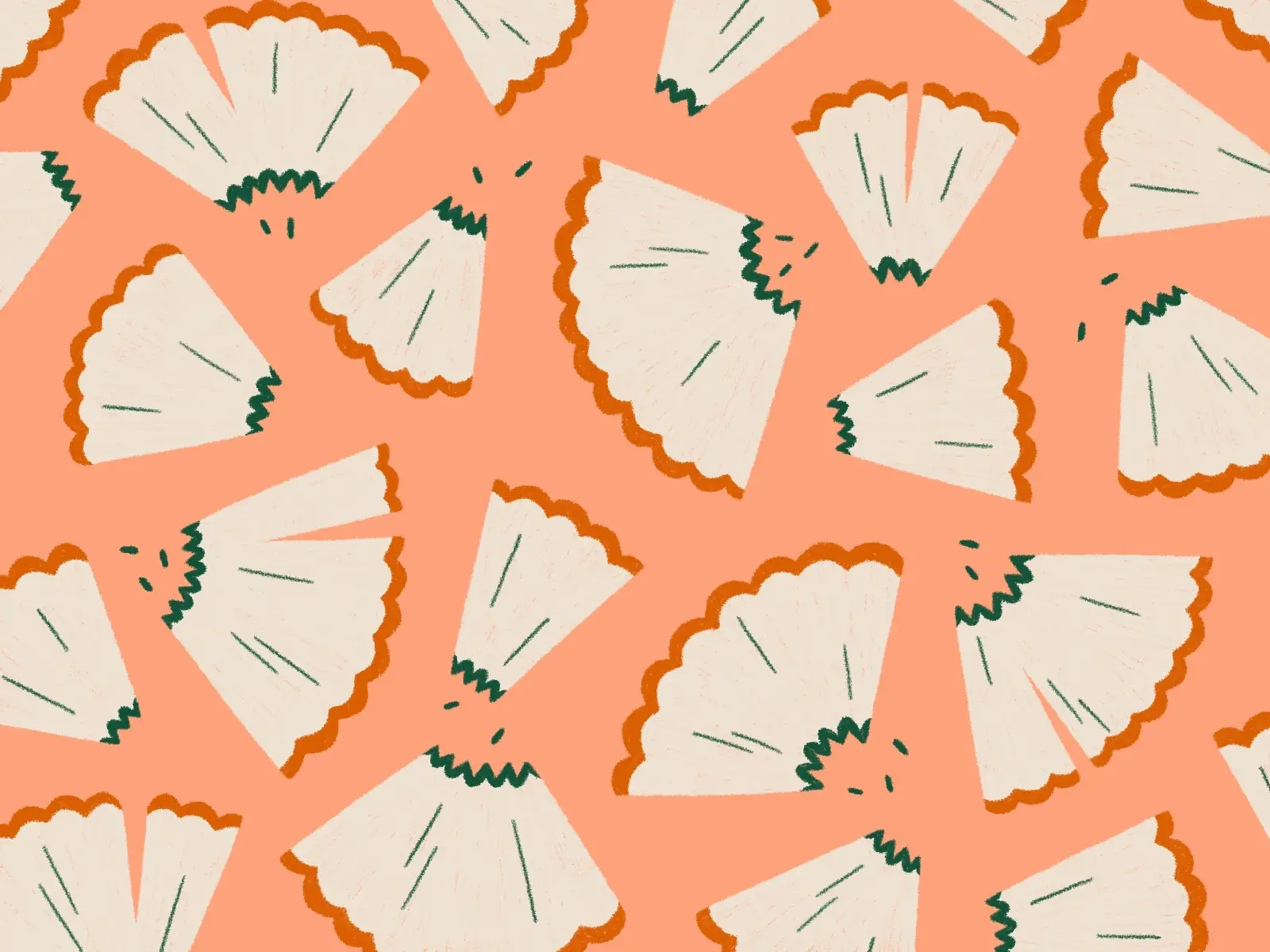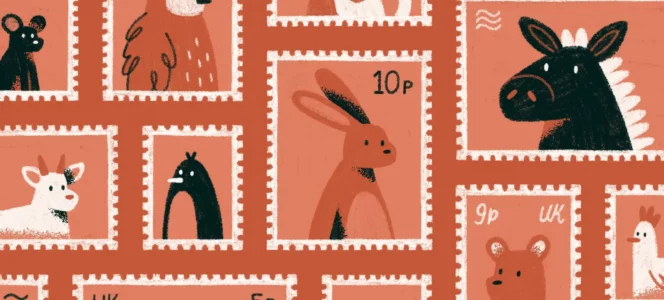Licencing use of artwork
The use of the artwork should be easy to determine as the client will usually know what they are commissioning the work for. If there is possibility that the uses of the artwork may expand in the future, then it is always worth adding a note to your illustration licences that a further fee will be required should this happen, to avoid a misunderstanding.
An example: A client may as you to create some artwork for an album cover, and this will be listed. It may be possible that they want to use the artwork on posters to promote the album, and this should either be agreed in the contract, or needs to be bought as a separate use under an additional licence at the time.
License Duration
This covers the amount of time that a party will be able to use the artwork for. This varies depending on the kind of project and client that you’re creating work for, and can range from months to decades. When commissioning artwork, consider how long you will need to have access to the artwork you are licensing.
An example: A monthly magazine publisher would likely only need to license the artwork for the duration of the issue for which they have commissioned artwork, whereas a literary publisher would probably need artwork that can be used for the entire length of the copyright of the publication.
Territory Licensing
It is necessary to determine the areas geographically in which an artist’s work may be used. This can become tricky when you’re looking at work that may be used or distributed digitally through the internet, and in general this would require a world licence. This doesn’t necessarily make the price any higher, as a small client may not have much reach, but it should still be specified to cover both parties.
Exclusivity Licensing
Exclusive licensing simply means that the commissioner has sole access to the work created, and the illustrator is not free to license the same work to another party, within the other limits specified (territory, duration etc.). A client would usually be granted exclusive rights to the commissioned work by default. However, the situation may arise where someone approaches you about using artwork that you have previously created, either for yourself or another client, and wishes to license it themselves after the fact. You are within your rights to relicense artwork that is no longer under another licence or outside of the current licence parameters.



